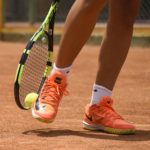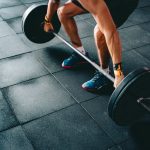A pristine slope of packed snow stretches across the mountain where skiers of every skill are barreling down toward the base. Snowboarders leap and pirouette through the air as if surfing waves of sugar-white powder. Their skill is breathtaking, their excitement contagious. Chances are they didn’t get this good on their own.
Skiing and snowboarding combine graceful body movement with the downward momentum of gravity in the clean, cold beauty of nature in winter.
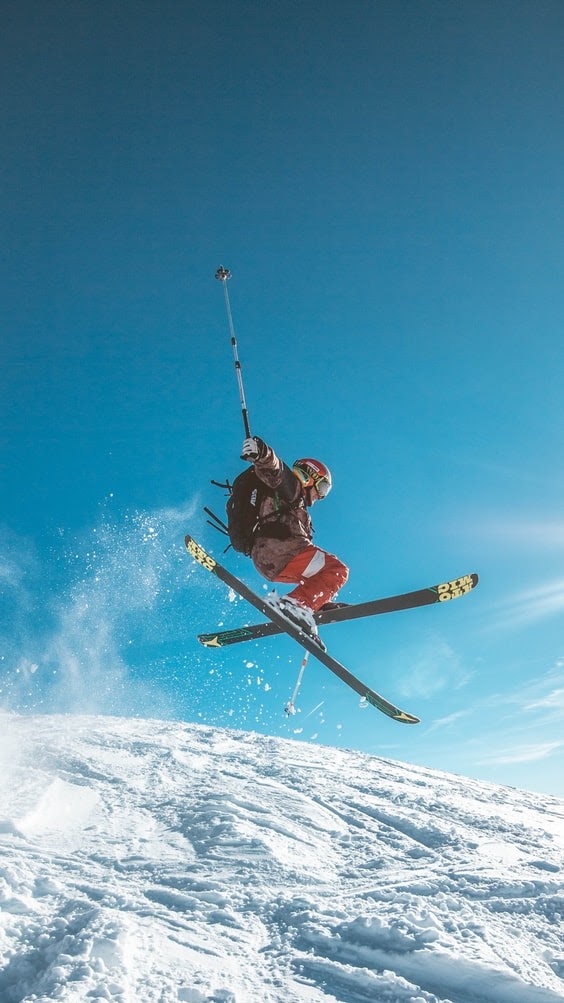
Skiing can be traced to the Middle Ages, when Scandinavian hunters, farmers and warriors strapped thin, wooden bands to their feet so they could get around quickly in the brutal winter. By the 17th century, the Swedish army trained and competed on skis. By the late 1800s, most European skis were made from the wood of the ash tree, prized for its flexibility and springy qualities. Skiing was among the original sports of the first Winter Olympics held in 1924 in Chamonix, France.
Snowboarding caught fire in the 1990s and was added to the Winter Olympics as a new event in 1998. Since then it has become one of the most popular sports of the winter games.
It is estimated that there are 12 million active skiers and snowboarders in the United States.
Both sports require practice before either can be done successfully, which is to say, enjoyably.
Ski resorts don’t want novice winter sports enthusiasts on the slopes risking broken bones and worse. Rather than renting a snowboard or a pair of skis and matching poles, and sending customers on their way, resort operators would rather their guests first take some lessons from someone who knows what they’re doing.
This is where your love of winter sports and practical experience will be invaluable as a coach or private instructor in skiing and snowboarding. As a certified instructor, you’ll also find opportunities to coach college and high school teams.
So lace up your boots and get ready to discover what you need to do to become certified as an instructor in the glorious winter sports of snowboarding and skiing.
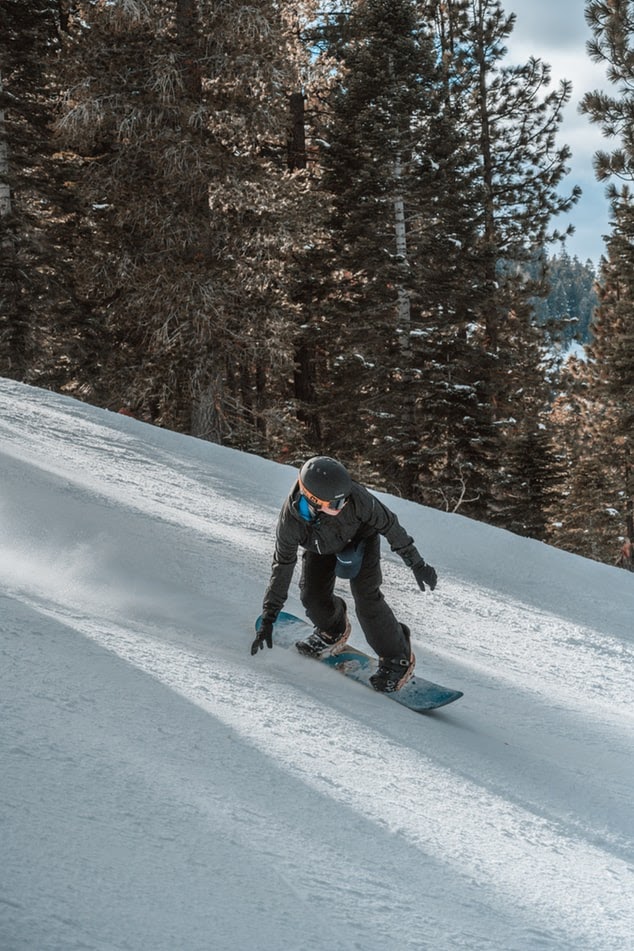
In this article you’ll learn:
- How much money you can make as a private skiing/snowboarding instructor
- The required training and certifications
- Professional groups to join
- Employment opportunities
- Finding skaters to teach as a private coach
- Plus helpful tips for private skiing/snowboarding coaches.
How much money can you make?
While a rookie skiing and snowboarding coach might earn about $15 an hour, experienced private coaches with certification from one of the top accrediting associations can charge much more, especially in winter resort areas. Depending on where you live, you may not be able to offer private skiing and snowboarding lessons year-round when the season might last only 5 months. Experienced, accredited coaches in Vail, Colorado, for instance, can easily charge $50 to $100 per hour for their services. For classes with multiple students, private coaching can cost more than $200 per client for a 1-day session, or more than $1,700 for a 6-day course during peak season. How much you can earn coaching depends on whether you are working as an independent or employed as a pro instructor by a ski resort, where employees are more likely to be salaried in the $40,000 to $45,000 range per year, plus tips from their students.
Training and Certification
The PSIA-AASI (Professional Ski Instructors of America and American Association of Snowboard Instructors) offer training leading to coach certification in both sports.
Membership fees vary by location around the United States, but average $70 annually.
Alpine Level 1 is the first stage in certification. The 2-day training course is free for PSIA/AASI members, although you must be a member to enroll. Upon completion you’ll be required to pass a 2-day exam. This costs $160.
During the course a Clinic Leader/Examiner will teach coaching requirements defined by the PSIA National Certification Standards. The first day is focused on skiing or snowboarding and the second day is focused on teaching the coaching skills needed to train athletes in these sports. The assessment covers three areas:
Skiing Assessment
On the first day, you perform skiing tasks to determine competency with the fundamentals of the PSIA National Alpine Certification Standards. The lists of tasks used in each assessment are found on the Level 1 Scoresheet.
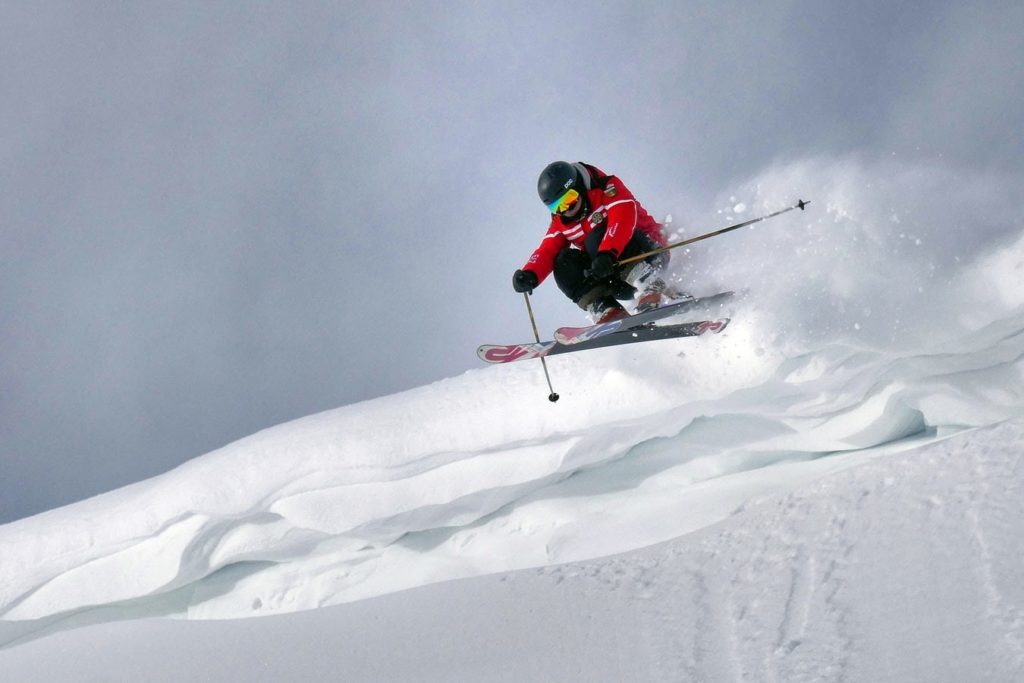
Video Movement Analysis
Day 2 begins indoors where you will watch video of recreational skiers in the beginner zone. The assignment is to watch one of the skiers and build a lesson plan for that individual. This task involves completing the Level 1 Skier Assessment form to build your lesson.
Teaching Assessment
Here you will be evaluated on your teaching competence. Certification candidates present the lesson they developed from the video worksheet.
You can also pursue specialty certification in each of these ski disciplines:
Once you’re certified to coach, you’ll need to complete six hours of educational credits every membership year (July 1 – June 30) to be re-accredited.
Clinics in any of the disciplines listed above will fulfill the continuing education requirement. Current educational requirements are listed on the National PSIA-AASI website.
The PSIA-AASI’s snowboard certification for coaches consists of three training levels. The requirements are similar to ski-coach certification. Join PSIA-AASI and pay the membership dues, complete the online course then attend the two-day assessment, which costs $160.
Level 1 covers snowboarding fundamentals and how to teach basic techniques, including some freestyle methods.
Level 2 covers advanced snowboarding movements and involves completion of a research project, attendance at two prep clinics and a two-day assessment of your project. The total cost is $260.
Level 3 covers teaching techniques and coaching for snowboarders at or approaching professional level. This includes completion of a Level 3 Research Project, attending at least two Level 3 prep clinics, followed by the three-day Level 3 assessment and exam. The current total cost is $380 for the project grading fee and assessment.
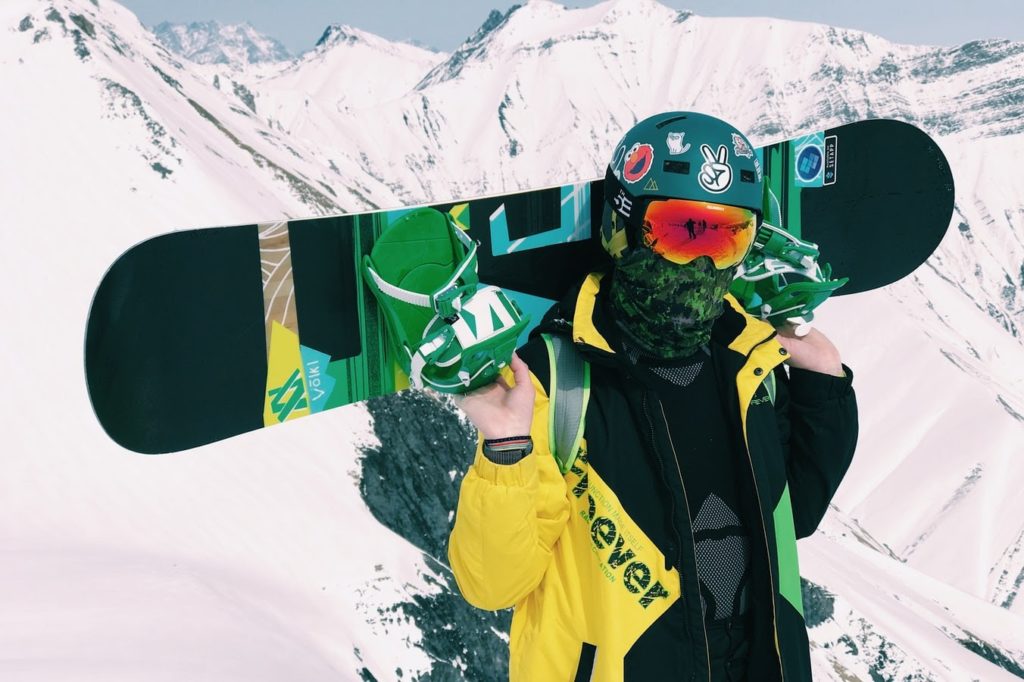
You can review the complete snowboard certification standards here for all three training levels.
As with all U.S. coaches, you’ll also need to successfully complete the SafeSport course, which teaches instructors how to identify abuse and misconduct, and to report the behavior. Here is an overview of what the course covers. The cost is $20.
Professional Groups to Join
More than 32,000 people belong to PSIA-AASI (Professional Ski Instructors of America and American Association of Snowboard Instructors). This is the world’s largest organization dedicated to skiing and snowboarding.
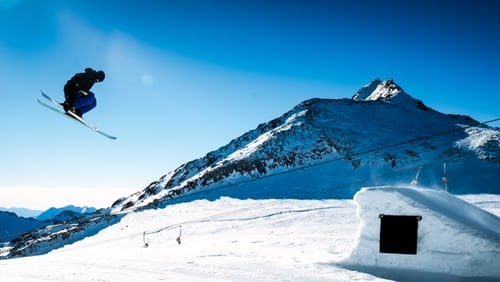
Some of the benefits of joining PSIA-AASI:
- Nationally recognized certifications for adaptive, alpine, cross country, snowboard, and telemark disciplines, as well as specialist certificates for children’s and freestyle instruction.
- Thousands of ongoing educational clinics and exams.
- Industry-leading division events, as well as PSIA-AASI National Academy and PSIA-AASI National Adaptive Academy.
- Free online teaching resources.
- Access to 29 different teaching resources and technical manuals.
Free subscription to 32 Degrees: The Journal of Professional Snowsports Instruction, featuring the
The US Ski & Snowboard Foundation oversees American athletes who compete in skiing and snowboarding in the Winter Olympics. Based in Park City, Utah, the nonprofit organization is your point of contact if you want to coach skiing and snowboarding at the Olympic level.
Depending on your professional interests, here are additional groups to consider:
National Ski Areas Association (NSAA)
This is the trade association for ski area owners and operators. It represents more than 300 resorts that account for more than 90 percent of skier/snowboarder visits nationwide. The association also counts more than 400 supplier members who provide equipment, goods and services to the mountain resort industry.
The NSP is the recognized authority on mountain safety, providing education and accreditation to emergency care and safety service providers. The NSP has more than 31,000 members serving 650 patrols in the U.S., Canada, Europe and Asia.
SnowSports Industries America (SIA)
This is a non-profit trade association representing snow sports suppliers, retailers, sales reps and resorts.
Employment
Maintaining membership in the PSIA-AASI keeps you connected to a network of skiing and snowboarding instructors who can help advance your career and offer insider knowledge of job openings.
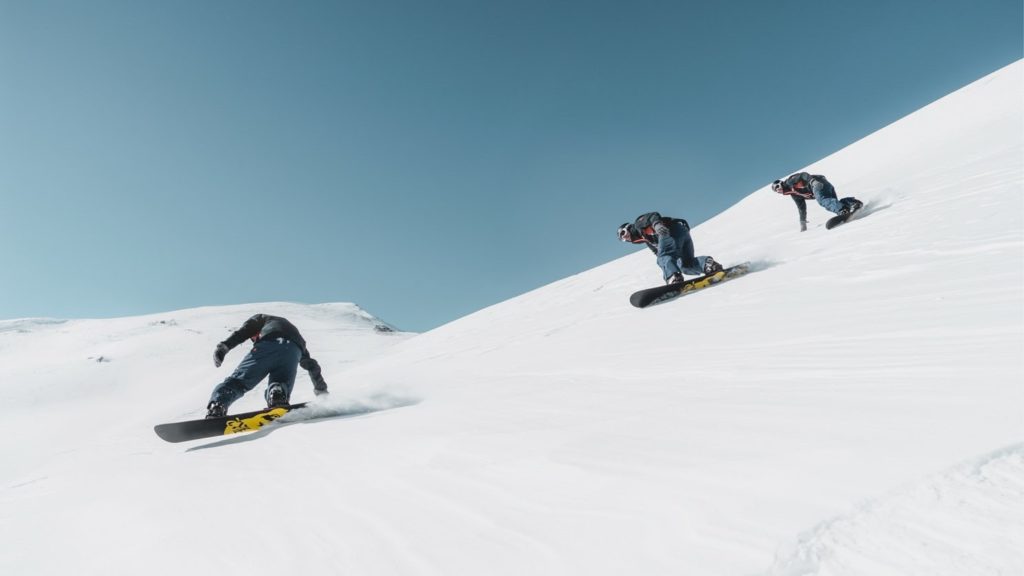
Reach out to management at winter resorts where you live or would like to live. Major resorts need skiing and snowboarding instructors certified in specialties and trained to work with different age groups and skill levels.
Finding Clients
Working cooperatively with ski resorts is your best bet to find and teach new clients. A cottage industry of rogue instructors has sprung up, but their actions are mostly illegal. There are instructors who connect privately with a student online, then arrange to meet on a ski slope for the lesson. Problems arise because most resorts require some sort of affiliation between management and instructors. It’s a liability issue.
Good to know:
- Equipment is expensive and subject to hard wear and tear due to the elements.
- Membership in the PSIA-AASI gives you access to discounts on essential gear.
- Casually mention to new students at the beginning of a session that tipping is welcome. This is a nice way to supplement your income, especially if some portion of your lesson fee goes to the ski resort where you teach.
- Make sure new students understand that equipment rentals, a slope pass, use of the ski lift and other incidental expenses are the student’s responsibility and are not included in your fee.
If you enjoyed this article, check out some other PocketSuite.io content that can help you grow your career as a private skiing and snowboard instructor. Here’s a great place to start.
PocketSuite has thousands of business owners who all started where you are right now. Our community is always happy to help you ramp up, grow your client base, and achieve your income goals, both within the PocketSuite app and as part of our exclusive Facebook Community Group. PocketSuite’s vision is for any professional to be able to work for themselves and make a great living. It starts here. It starts with you. It starts today. Let’s get started, download PocketSuite now! Feel free to reach out with any questions (we’d love to hear from you)! Text us @ (415) 841-2300.



